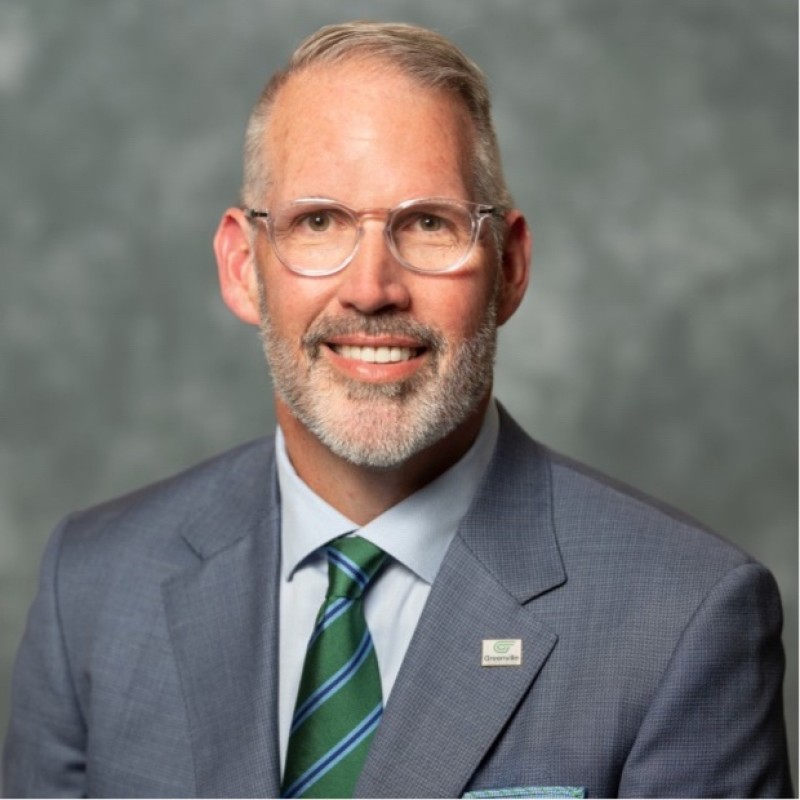Some of the most promising reforms are happening where school leaders are thinking differently about how to get the strongest student outcomes from the limited resources available. But even principals who use their autonomy to aggressively reallocate resources say that persistent district, state, and federal barriers prohibit them from doing more. What are these barriers? What do they block principals from doing? Is there a way around them? CRPE researchers probed these questions with principals in three states (NH, CT, MD). These principals cited numerous district, state, and federal barriers standing in the way of school improvement. The barriers, 128 in all, fell into three categories: 1) barriers to instructional innovations, 2) barriers to allocating resources differently, and 3) barriers to improving teacher quality. Upon investigation, researchers found that principals have far more authority than they think. Only 31% of the barriers cited were “real”—immovable statutes, policies, or managerial directives that bring the threat of real consequences if broken. The report recommends educating principals on the authority they already possess, to help them find workarounds to onerous rules. The report also outlines a number of specific state and district policy changes to grant schools the autonomy they need to improve student outcomes. During the webinar, our experts explained what barriers keep principals from doing more, and how they can work around them:




